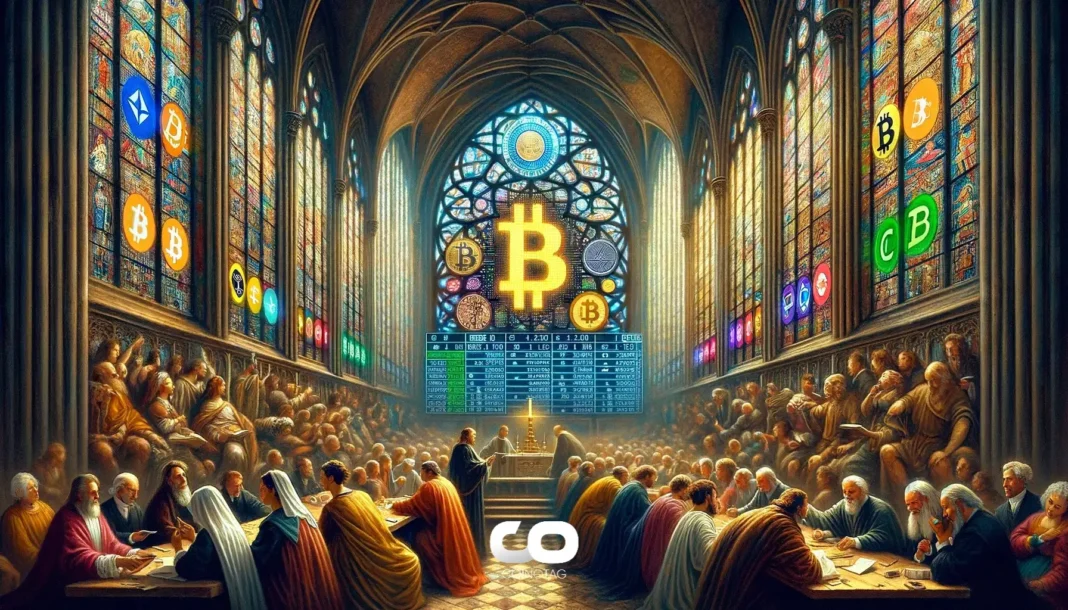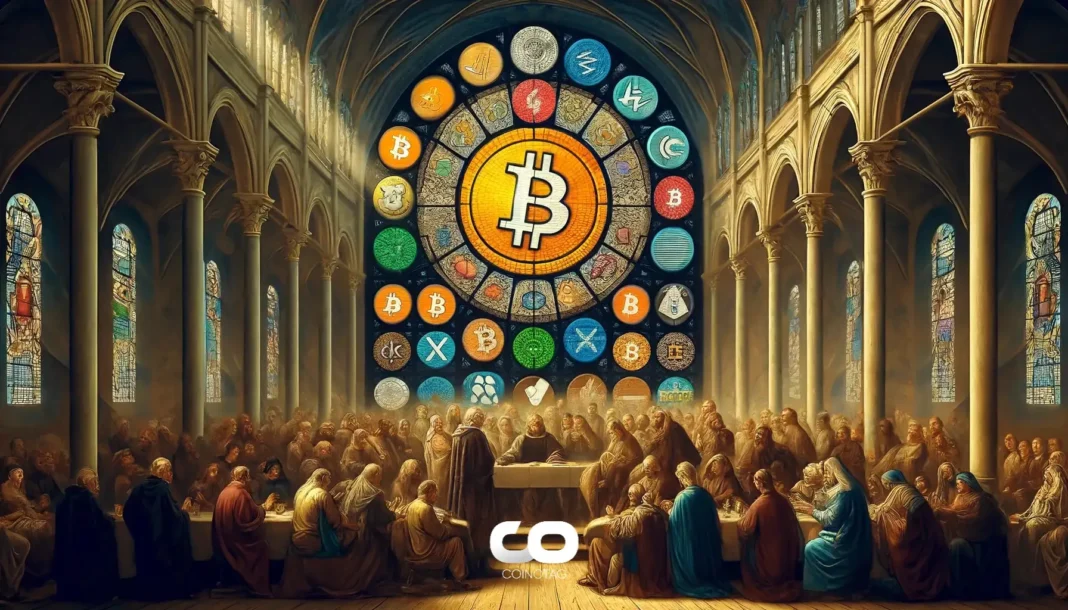-
Ripple has launched its Ethereum Virtual Machine (EVM)-compatible sidechain, marking a significant step toward blockchain interoperability by enabling XRP to interact directly with Ethereum-based decentralized applications (dApps).
-
This integration not only facilitates faster and cheaper transactions compared to Ethereum’s mainnet but also positions XRP as a key player within the expanding decentralized finance (DeFi) ecosystem.
-
“With the launch of XRPL EVM, we’re unlocking a new era for XRP — one where it can flow seamlessly across the multichain world,” said Ferran Prat of Peersyst, emphasizing the strategic importance of this development.
Ripple’s new EVM-compatible sidechain bridges XRP with Ethereum dApps, enhancing interoperability and enabling faster, cost-effective DeFi solutions using XRP as gas.
XRPL EVM Sidechain: Bridging XRP and Ethereum for Enhanced DeFi Integration
The launch of the XRPL EVM sidechain represents a pivotal advancement in Ripple’s strategy to integrate XRP within the broader blockchain ecosystem. By enabling compatibility with Ethereum’s Virtual Machine, developers can now deploy smart contracts and dApps that operate seamlessly across both XRP Ledger and Ethereum networks. This interoperability is designed to leverage the strengths of both blockchains: Ethereum’s extensive developer community and dApp ecosystem, alongside XRP’s high throughput and low transaction costs.
Built in collaboration with Peersyst, the sidechain utilizes XRP as the native gas token, offering a compelling alternative to Ethereum’s often volatile gas fees. This cost efficiency is particularly attractive for high-volume applications, such as decentralized exchanges and payment platforms, which require scalable and reliable infrastructure.
Institutional Adoption and Cross-Chain Infrastructure via Axelar
Integral to the sidechain’s functionality is its connection to the main XRP Ledger through the Axelar bridge, a secure cross-chain communication protocol. This infrastructure facilitates seamless asset transfers and data exchange between XRP and Ethereum ecosystems, which is critical for institutional and enterprise adoption.
Georgios Vlachos from the Axelar Foundation highlighted the potential for this technology to meet growing institutional demand: “Crypto is entering an exciting phase as institutions and enterprises pursue compelling new use cases. The XRP Ledger EVM Sidechain is positioned to capture this rising demand, and Axelar is the secure, institutional-grade connector that will make it possible.”
This development aligns with Ripple’s broader vision to position XRP as a versatile asset capable of supporting complex financial applications across multiple blockchains, thereby expanding its utility beyond traditional payment use cases.
Developer Opportunities and Ecosystem Expansion
David Schwartz, Ripple’s CTO, emphasized the sidechain’s role in fostering innovation by providing developers with a flexible environment to build EVM-compatible applications while maintaining the reliability of the XRP Ledger. This dual compatibility allows projects to harness XRP’s speed and cost advantages without sacrificing access to Ethereum’s rich tooling and user base.
By extending the XRP Ledger’s programmability through the sidechain, Ripple aims to attract a new wave of developers and projects focused on DeFi, NFTs, and other blockchain-based solutions. This could accelerate ecosystem growth and increase XRP’s relevance in a competitive market.
Future Outlook: Toward Multichain Interoperability and Utility
The launch of the XRPL EVM sidechain is a foundational step toward Ripple’s vision of a multichain future where assets and applications move fluidly across blockchains. This interoperability is expected to unlock new use cases and drive broader adoption of XRP in decentralized finance and enterprise solutions.
As the blockchain landscape evolves, Ripple’s focus on scalability, cost efficiency, and cross-chain connectivity positions XRP to compete effectively with other major cryptocurrencies aiming to dominate the DeFi space.
Conclusion
Ripple’s introduction of the XRPL EVM sidechain marks a strategic milestone in enhancing XRP’s interoperability with Ethereum’s ecosystem. By combining XRP’s transaction efficiency with Ethereum’s smart contract capabilities, this development opens new avenues for DeFi innovation and institutional adoption. The integration via Axelar’s secure bridge further strengthens the infrastructure needed for scalable, cross-chain applications. Moving forward, Ripple’s focus on multichain utility and developer engagement will be critical in solidifying XRP’s role within the rapidly evolving blockchain environment.






